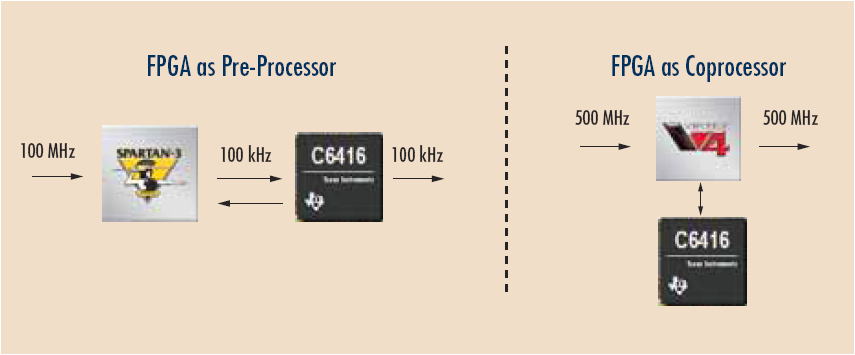 Isfahan University Of Technology
Isfahan University Of Technology
Departtment Of Electrical & Computer Engineering
Iran - Isfahan
The Course Project of SDR Course (Spring 2007)
Instructor : Dr M.J.Omidi
| |
| DSPs |
| FPGAs |
| Embedded Processors |
| ASICs |
| Picochip |
| Conclusion |
Create & Design By
Ali Masoudi
If you want to know more about me ,Click here
![]()
You are here now :
Main -->
Conclusion
| Conclusion |
It is apparent that ASICs, DSPs, FPGAs are not capable of satisfying the power & efficiency requirements of mobile devices. FPGAs provide a strong platform for specialized digital signal processing tasks for SDRs. They have been used with success in wireless research environments. For example, describes FPGA-based FIR filters, FPGA-based CIC filters, extended precision arithmetic, and a CORDIC carrier recovery loop for a runtime reconfigurable digital receiver. The Benefits of FPGA Coprocessing :
Even with these considerable advantages, design teams accustomed to working on processor-based systems may avoid using FPGAs because they lack the hardware skills necessary to use one as a coprocessor.
Conclusion : After all i had mentioned about advantages & disadvantages of different choices for SDR application , we can conclude that : "You can realize significant improvements in the performance of a DSP system by taking advantage of the flexibility of the FPGA. Common examples include (but are not limited to) FIR filtering, FFTs, digital down conversion, and forward error correction (FEC) blocks." For more information go to References Page |
